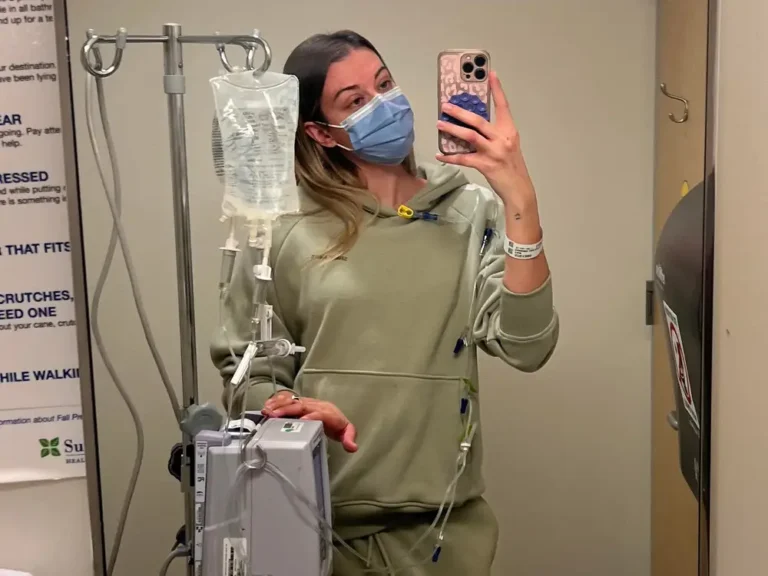I never knew about eye floaters until I woke up with lines and dots in my eyesight. Here’s what I learned about my new condition.

The author woke up one day with squiggly lines in her eyesight.
One day this summer, I noticed something black, like a fly, whizzing across my vision. Except this fly couldn’t be swatted away. Soon, it became clear there wasn’t just one; there were several — some like black specks, some squiggly lines. Come to think of it, my whole vision was more hazy than usual, like a camera lens that perpetually needs to be wiped clean.
I’ve since found I have a condition known as eye floaters, one I share with as much as 76% of the population — and not just for people over 50, as they’re generally associated with. “Although we describe it as the natural aging of the eye, it could happen at any age,” Ceri Smith-Jaynes, clinical editor at the Association of Optometrists, told B-17.
“Your eye is filled with a jelly like substance called a vitreous humor, made of mostly water, and the rest is collagen and hyaluronan,” she explained. “As time goes on, that gel starts to get a bit more liquid, which means the collagen fibers start to clump together. Once you’ve got a few clumps and strands inside the eye, you start to see those as floaters.”
I was seen quickly by my doctor in case it was something worse
Because I’d never seen floaters before, my optometrist rushed me in for an appointment — they can be a sign of a torn retina, which, without an operation, can progress to retinal detachment and sight loss very quickly.
While my eyes were healthy, this meant all I could do was wait to see if the floaters would go away. For the first time, I had to face the fact that things could go wrong with my body that I couldn’t easily fix.
Brenna Terry, 30, has had “cobwebby” eye floaters her whole life, which she hasn’t raised with her optometrist. “I’ve heard so many people say, ‘I brought it up to a doctor, and they did nothing.’ What’s the point of waiting to see a doctor, paying for it, and then they can’t do anything about it?”
Everyone’s floaters are different: some people might barely register theirs, while for others, they can be a constant annoyance. Jared Casto, 28, has one persistent floater he first noticed three years ago. “It looks like a small speck of dust, or a gnat, and hovers right above my line of sight. It’s something I can usually find at all times in my vision, and a white background is more annoying.”
Because floaters cast a shadow onto the back of your eye, the fluorescent lighting of an office or a bright, gray sky often makes them impossible to ignore.
For some, the condition can interfere with their daily tasks
For some people, the condition can be far more distressing. The advice from optometrists is that you’ll eventually come to ignore your floaters — the way you can see your nose all the time, but your brain learns to tune it out. But while they wait for this to happen, many people struggle to cope with the change.
Laser treatment, which breaks up the floaters, is also an option for people whose daily life is severely impacted. But both paths come with enough risk to dissuade people. “I could get a cataract or retinal detachment—it could make my vision 100 times worse,” Terry said. “I have more good days than bad days. I’ve learned to live with it.”
“Working on ignoring it as much as possible is probably the best thing to do until there’s some sort of viable treatment that everyone can get readily,” Casto said.
Like him and many others, all I can do about my floaters right now is try not to focus on them too much — and hope they don’t get worse.





